I left Two Rivers several days ago to fly to Nome and then on to Unalakleet. I was away from both computer access to this site and sleds to examine because I spent a couple days in Nome waiting for the right time to head to Unk. Thus, no reports then. While in Unk I helped by raking up straw after teams had left and parking teams when they arrived. There were a number of volunteers at the Unk checkpoint and arrivals were spaced out. As a result I spent most of my time watching and waiting for arrivals.
I was traveling very light and did not have a digital camera with me. A number of mushers sent their second sleds ahead to Unk to have for the run along the coast to Nome. There were few new or unique ideas evident in these sleds. The designs were generally traditional although several had a driver’s seat. Quite a few wooden sleds were there.
Using wood for stanchions and handle bars may not necessarily be old fashioned. White ash provides good strength with light weight and some degree of flexibility. One must be careful about how the wooden parts are connected or their strength can be severely reduced. Solid wood runners make no sense for racing. Wooden runners have to be thick to have enough strength and are then too heavy and too rigid.
Most newer sled design use aircraft aluminum for the stanchions and handlebars. Fiberglass is used to a much lesser extent. Over the last few years, sleds have changed to incorporate a seat. Most driver’s seats employ one of these two materials, wood or aluminum. Often, old runners are cut up and used in some sleds, presumably to get the benefits of aluminum at low cost. Too much weight. Too hard to blend into a smooth design.
Ramey Smith’s sled at Unalakleet was a small traditional wooden speedster, almost a sprint sled. He had taped used plastics over the new runner plastics for protection in shipment. All he had to do was cut the electricians tape to remove the protective runners and he was ready to go. Most other mushers had to change plastics if they wanted fresh ones for the run to Shaktoolik.
Martin Buser’s sled (I don’t know if it was his starting or second sled) has an interesting driver’s seat. Martin took a plastic dog crate and modified it. He cut the top of the crate in half side-to-side. The half with the door was attached as usual. The other half was turned upside down and backwards. This created a seat that could also carry a dog.
Most of the sleds with driver’s seats that I saw in Unk were not unique. They were permanently attached to the runners. Some had “sled bags” to hold items under and behind the driver. Some had a rectangular cooler fit on top of a table supported by legs to the runners. The top of the cooler became the seat. Aliy was carrying her seat in her sled bag. Having only eight dogs left she planned on doing quite a bit of running and pushing up the hills ahead and wanted it safely out of the way.
Z

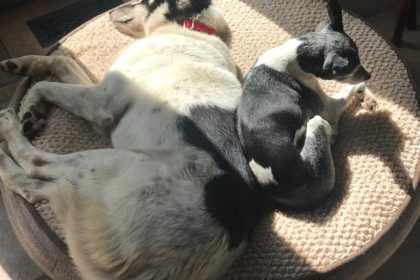



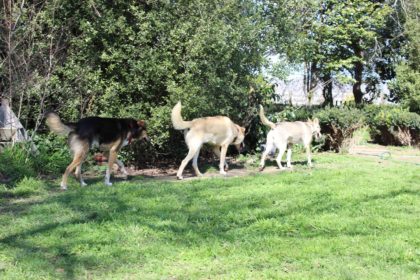
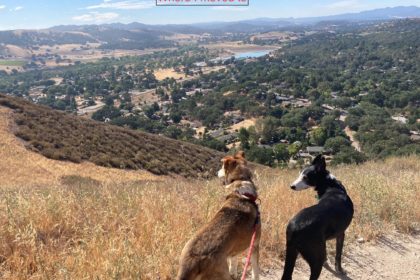
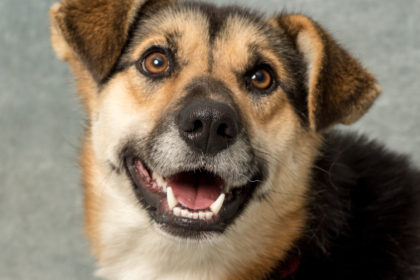
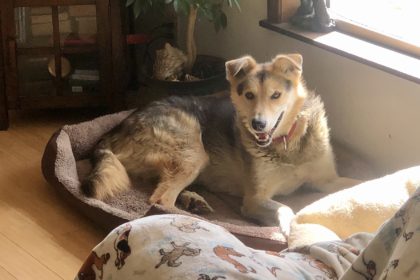
Hmmm…this is something to ponder and design, over a good cup of course! Remember the old bikes we used to ride, or old down-hill skis? Now look at all the new modifications. Sleds need that similar jump into the future…I hear a design calling there Mr Z.
Hmmm… pretty interesting. Well, maybe in the not-to-distant future, everyone (well, at least those who can afford it) will use race sleds constructed entirely of carbon fiber
Slack